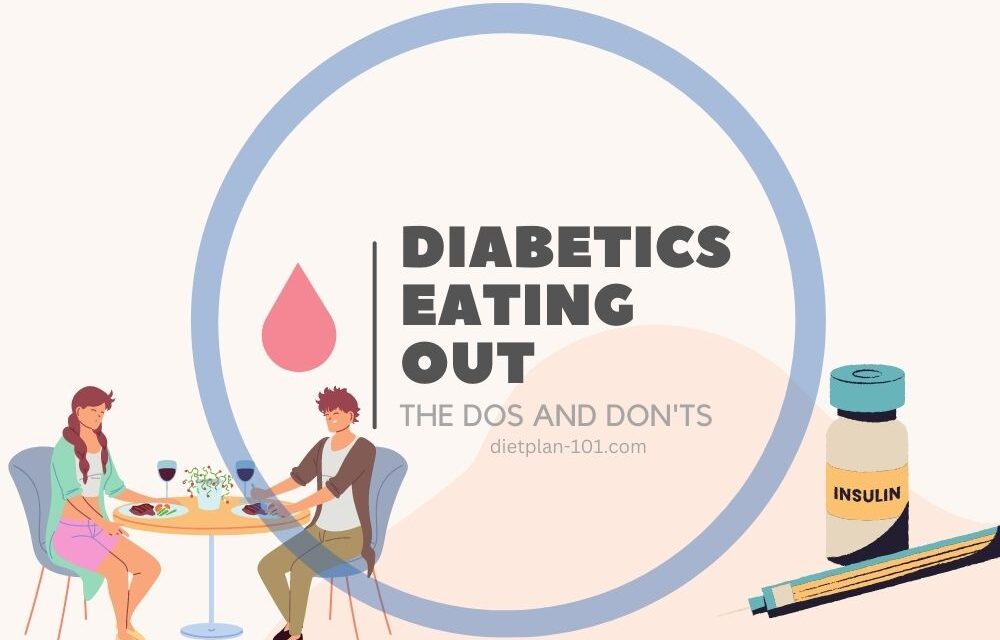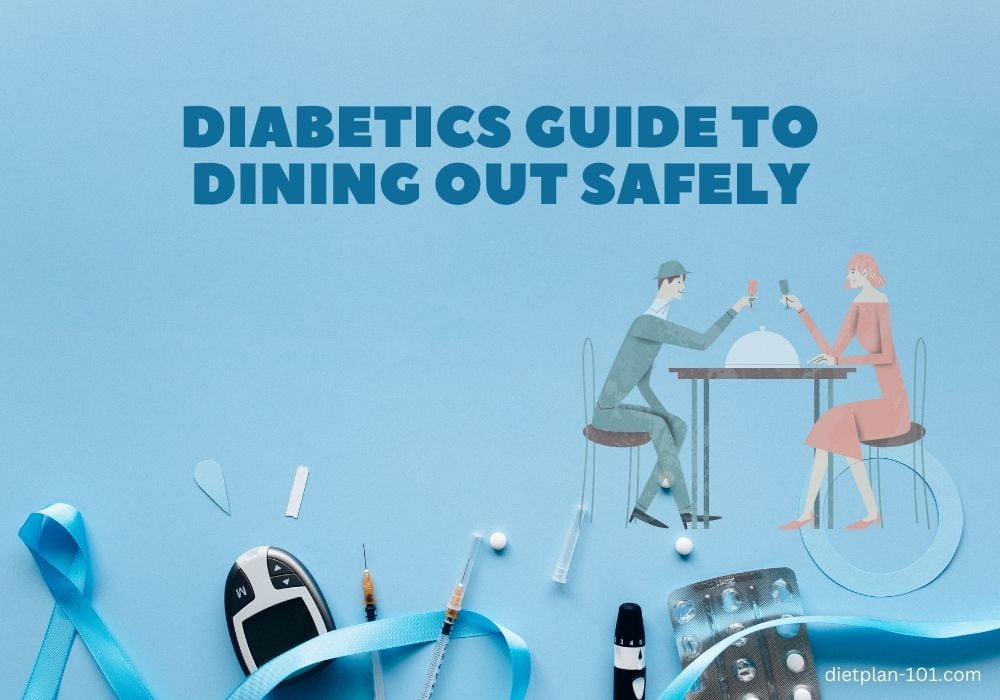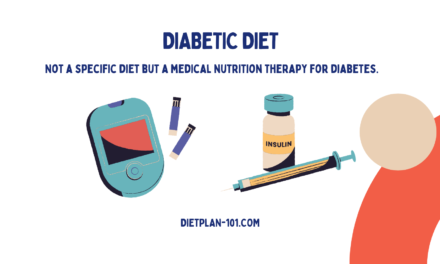If you have diabetes, eating or dining out can be nerve-wracking. You want to enjoy your meal without having to worry about your blood sugar levels, but it’s not always easy. Don’t worry, though! This article will provide you with valuable tips on diabetic eating out, including how to make healthy choices, practice portion control, and stay hydrated while dining out. You’ll also learn how to avoid ordering the wrong type of foods, which can lead to dangerous blood sugar spikes. Read on for more information about how you eat out safely with diabetes.
The Dos of Eating Out as a Diabetic
- Do research the restaurant beforehand. You don’t want to end up in a place where the only options are high-carb, high-sugar foods that will send your blood sugar levels through the roof. The best way to do this is by looking at the restaurant’s website ahead of time and checking out the menu. You can even call ahead of time to make sure they have something on hand that will fit your dietary needs.
- Do make healthy choices. Choose lean proteins, vegetables, and whole grains to keep your blood sugar levels stable. Avoid foods that are fried or drenched in sauce. If you want to indulge, do it with something like a side salad or steamed vegetables instead of ordering two plates of pasta.
- Do watch portion sizes. Restaurant portions can be huge, so ask for a to-go box at the beginning of your meal and portion out your food accordingly.
- Do stay hydrated. Water is your best friend when it comes to managing your blood sugar levels. Plus, it’s free!
- Do be assertive. If you have diabetes and need special accommodations, let your waiter know right away so they can make sure they accommodate any needs that arise throughout
The Don’ts of Eating Out as a Diabetic
- Don’t wait until you’re starving to eat. Going too long without eating can cause your blood sugar levels to drop too low, which can be dangerous.
- Don’t indulge in high-carb, high-sugar foods. We all love a good dessert, but let’s be real, that giant slice of chocolate cake is not your friend.
- Don’t be afraid to ask questions. It’s your health on the line, so don’t be afraid to ask about ingredients, cooking methods, and portion sizes.
- Don’t forget to bring your diabetes supplies. Your blood glucose meter, insulin, and other medications are important for preventing a low or high blood sugar episode.
- Don’t forget to check your blood sugar levels. This one is a no-brainer, but it’s easy to forget when you’re having a good time.
Tips for Eating Out as a Diabetic
- Look for diabetic-friendly restaurants. Some restaurants specialize in diabetic-friendly options, so do some research before you go.
- Choose healthy restaurant options. Look for dishes that are grilled, baked, or broiled, and ask for sauces and dressings on the side.
- Practice portion control. Use your hand as a guide for portion sizes – a palm-sized portion of protein, a fist-sized portion of vegetables, and a cupped-hand portion of carbs.
- Check nutrition information and ingredient lists. Most restaurants now offer nutrition information, so take advantage of it. And if you’re unsure about an ingredient, ask your server.
- Consider carrying a snack with you. Sometimes restaurants can be unpredictable, so carry a low-carb snack with you just in case.
The Bottom Line
Managing diabetes can be tough, but it doesn’t mean you have to give up eating out. By following these dos and don’ts, and with a little bit of planning, you can enjoy a delicious meal out without compromising your health.
So go out there and enjoy your meal, and don’t forget to share your own tips and experiences in the comments section below. And if you want more articles on diabetes, use the search function on our website or browse around.
Facts About Diabetes You Might Not Know
- The name “diabetes” comes from the Greek word “diabainein,” which means “to pass through.” This refers to excessive urination which is one of the symptoms of diabetes.
- People with diabetes have a higher risk of developing gum disease, so it’s extra important for them to take good care of their teeth and gums.
- The earliest known case of diabetes was in Egypt, around 1550 BCE.
- Diabetes is a leading cause of blindness in adults.
- The hormone insulin, which is used to treat diabetes, was discovered in 1921 by Canadian scientists Frederick Banting and Charles Best.
- People with diabetes have a higher risk of developing foot problems, so they need to be extra careful when choosing their shoes and socks.
- Some people with type 1 diabetes have a rare condition called “diabetes burnout,” where they become overwhelmed and exhausted by the constant demands of managing their condition.
- Diabetes can affect people of any age, race, or gender, but certain factors like family history, obesity, and inactivity can increase the risk.
- People with diabetes can still enjoy their favorite foods, but they need to be mindful of their portions and make sure to balance their meals with healthy choices.
- In some cultures, people believe that eating bitter melon can help lower blood sugar levels. This has led to some studies on the potential health benefits of bitter melon for people with diabetes.







